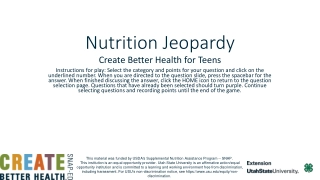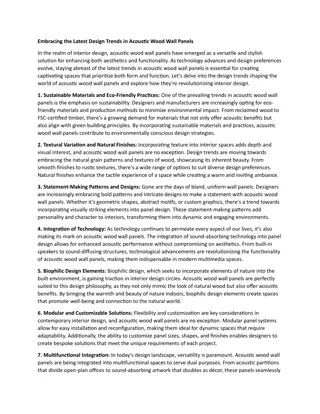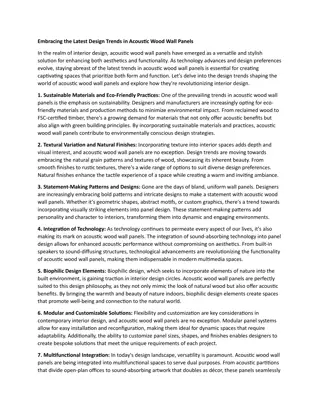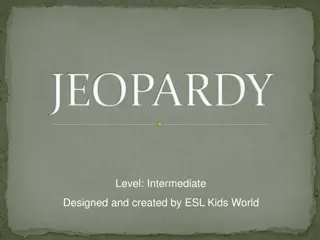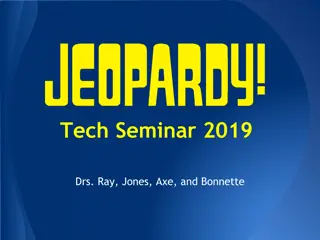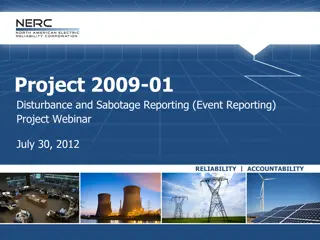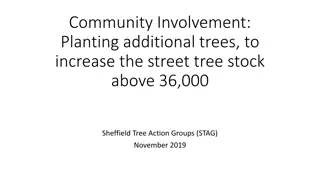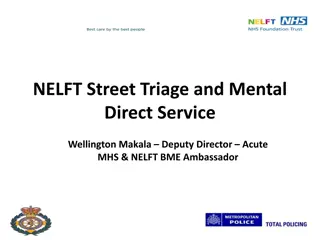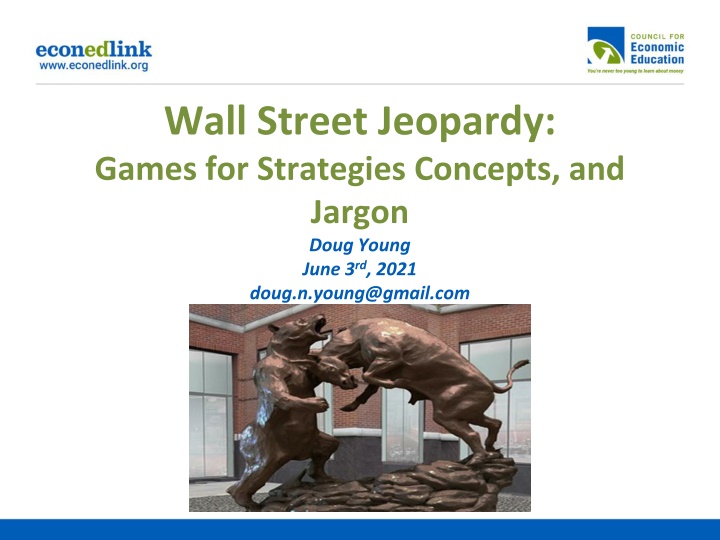
Financial Literacy & Economic Education for Students
Enhance financial literacy and economic education for students with topics covering investment risks, rewards, tools, and decision-making. Explore the standards and objectives set forth to empower students to make informed financial choices.
Download Presentation

Please find below an Image/Link to download the presentation.
The content on the website is provided AS IS for your information and personal use only. It may not be sold, licensed, or shared on other websites without obtaining consent from the author. If you encounter any issues during the download, it is possible that the publisher has removed the file from their server.
You are allowed to download the files provided on this website for personal or commercial use, subject to the condition that they are used lawfully. All files are the property of their respective owners.
The content on the website is provided AS IS for your information and personal use only. It may not be sold, licensed, or shared on other websites without obtaining consent from the author.
E N D
Presentation Transcript
Wall Street Jeopardy: Games for Strategies Concepts, and Jargon Doug Young June 3rd, 2021 doug.n.young@gmail.com
EconEdLink Membership You can now access CEE s professional development webinars directly on EconEdLink.org! To receive these new professional development benefits, become an EconEdLink member. As a member, you will now be able to: Automatically receive a professional development certificate via e-mail within 24 hours after viewing any webinar for a minimum of 45 minutes Register for upcoming webinars with a simple one-click process Easily download presentations, lesson plan materials and activities for each webinar Search and view all webinars at your convenience Save webinars to your EconEdLink dashboard for easy access to the event You may access our new Professional Development page here
Professional Development Certificate To earn your professional development certificate for this webinar, you must: Watch a minimum of 45-minutes and you will automatically receive a professional development certificate via e-mail within 24 hours. Accessing resources: You can now easily download presentations, lesson plan materials, and activities for each webinar from EconEdLink.org/professional-development/
National Standard in Financial Literacy Financial Investing Students will understand that: Financial investment is the purchase of financial assets to increase income or wealth in the future. Investors must choose among investments that have different risks and expected rates of return. Investments with higher expected rates of return tend to have greater risk. Diversification of investment among a number of choices can lower investment risk.
New York State- Standard 4 Economics Students will use a variety of intellectual skills to demonstrate their understanding of how the United States and other societies develop economic systems and associated institutions to allocate scarce resources, how major decision- making units function in the United States and other national economies, and how an economy solves the scarcity problem through market and nonmarket mechanisms.
Objectives Students will be able to: Describe five types of investment risk. Use the risk pyramid to describe the relationship between potential investment risk and potential investment reward. Describe the characteristics of the following investments: insured savings accounts, certificates of deposit, U.S. government securities, corporate bonds, stocks and mutual funds. Compare and contrast the risks and rewards of several common investment tools. Analyze and make financial decisions based on risk and return. Be aware of the scams and other types of fraud found when investing in the financial markets so one doesn t get burnt.
Agenda Lessons on Saving and Investing Terms, Concepts and Jargon Understanding Risks versus Returns, when investing Formative Assessments Kahoot Game Playing Wall Street Jeopardy Customizing Templates for Class and Hybrid Use Summative Assessment
References Financial Investing https://www.econedlink.org/resources/there-is-no-free-lunch-in-investing/ There is No Free Lunch in Investing: https://www.econedlink.org/resources/there-is-no-free-lunch -in-investing/ The Five Stages of Investing https://www.econedlink.org/resources/the-five-stages-of-investing/ Learning, Earning and Investing What is a Stock? https://www.econedlink.org/resources/what-is-a-stock-lesson-demo/ What is a Bond? https://www.econedlink.org/resources/what-is-a-bond-lesson-demo/ What are Mutual Funds? https://www.econedlink.org/resources/what- are-mutual-funds-lesson-demo/
Concepts, Terms and Jargon Cost/Benefit Decision Making Stock Market (s) Stocks (types) Bonds (types) Mutual Funds (types) Exchange Traded Funds (ETF) C.D., Money Markets Fund Diversification Asset Allocation I.P.O. s Capital Gains and Dividends Insider Trading Hedge and Equity Funds Securities Fraud Ponzi Schemes Boiler Room Schemes Wire Fraud Risk versus Return Rule of 72 and Compounding Bull, Bear, Pigs, etc. Options and Futures S.P.A.C.S.
More Concepts, Terms and Jargon Asset Allocation Boiler Room Schemes Bonds (types) Bull, Bear, Pigs, etc. Capital Gains and Dividends C.D., Money Markets Fund Cost/Benefit Decision Making Diversification Exchange Traded Funds (ETF) Financial v. Physical Assets Insider Trading I.P.O. s Hedge and Equity Funds Mutual Funds (types) Options and Futures Ponzi Schemes Risk versus Return Rule of 72 and Compounding Securities Fraud S.P.A.C.S. Stock Market (s) Stocks (types) Wire Fraud
Kahoot Lesson 1. This Wall Street animal refers to a descending/falling stock market? A. Bull B. Lamb C. Chicken 2. This Wall Street animal refers to an ascending/rising stock market. A. Bull B. Lamb C. Chicken 3. This Wall Street animal refers to a greedy investor. A. Bull B. Lamb C. Chicken 4. This Wall Street animal refers to a person with funds but is too afraid to invest. A. Bull C. Pig B. Lamb D. Bear C. Chicken 5. This Wall Street animal refers to people who invest and get slaughtered in bad economic times. A. Bull C. Pig B. Lamb D. Bear C. Chicken C. Pig D. Bear C. Pig D. Bear C. Pig D. Bear
Kahoot Answers 1. This Wall Street animal refers to a descending/falling stock market? A. Bull B. Lamb C. Chicken 2. This Wall Street animal refers to an ascending/rising stock market. A. Bull B. Lamb C. Chicken 3. This Wall Street animal refers to a greedy investor. A. Bull B. Lamb C. Chicken 4. This Wall Street animal refers to a person with funds but is too afraid to invest. A. Bull B. Lamb C. Chicken 5. This Wall Street animal refers to people who invest and get slaughtered in bad economic times. A. Bull B. Lamb C. Chicken C. Pig D. Bear C. Pig D. Bear C. Pig D. Bear C. Pig D. Bear C. Pig D. Bear
Category Change 1. The risk when a business you have invested in won t return your money much less pay a rate of return. A. Market Risk D. Inflation B. Liquidity E. Financial C. Fraud 2. The risk when the price of an investment drops. This doesn t usually happen to money saved at a bank. A. Market Risk D. Inflation B. Liquidity E. Financial C. Fraud 3. Liquidity is the ability to turn your money into cash or spendable funds. A. Market Risk D. Inflation B. Liquidity E. Financial C. Fraud 4. In this risk people invest money today to have that money, and more, available in the future. A. Market Risk D. Inflation B. Liquidity E. Financial C. Fraud 5. Risk of some investments which are misrepresented by dishonest individuals after your money. A. Market Risk D. Inflation B. Liquidity E. Financial C. Fraud
Category Change Answers 1. The risk when a business you have invested in won t return your money much less pay a rate of return. A. Market Risk D. Inflation B. Liquidity E. Financial C. Fraud 2. The risk when the price of an investment drops. This doesn t usually happen to money saved at a bank. A. Market Risk D. Inflation B. Liquidity E. Financial C. Fraud 3. Liquidity is the ability to turn your money into cash or spendable funds. A. Market Risk D. Inflation B. Liquidity E. Financial C. Fraud 4. In this risk people invest money today to have that money, and more, available in the future. A. Market Risk D. Inflation B. Liquidity E. Financial C. Fraud 5. Risk of some investments which are misrepresented by dishonest individuals after your money. A. Market Risk D. Inflation B. Liquidity E. Financial C. Fraud
Summative Assessment Give each student a copy of the Financial Risk Pyramid (above slide)and have each student choose one topic from each of the three investment tools (Saving, Investment and Speculative Investment). Have them write a brief paragraph explaining two reasons why it is important to understand the tool they choose from a risk/reward relationship. They should conclude by choosing one way in which they, or others, could have been scammed (victims of committed fraud) through an unscrupulous trader. Explain how either they could either lose money or be involved in an illegal action which might be prosecuted by the law. Source: FFFL, Lesson 20, Activity 20.3, page 279.
CEE Affiliates https://www.councilforeconed.org/resources/local-affiliates/



